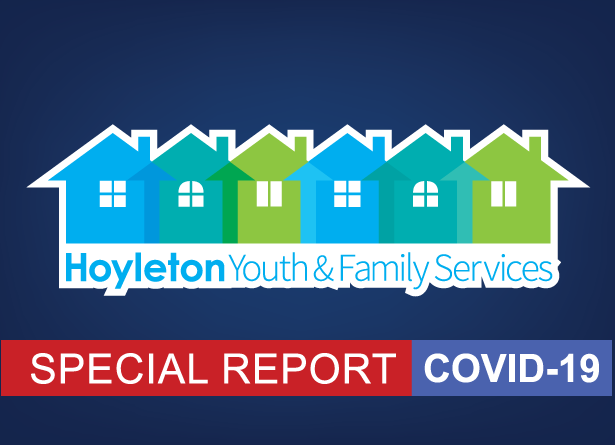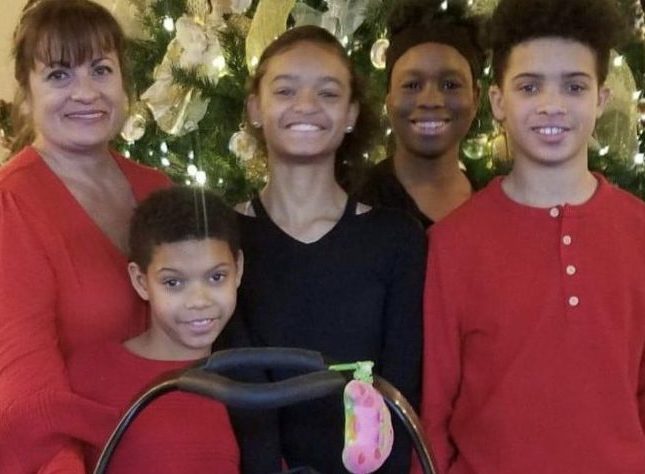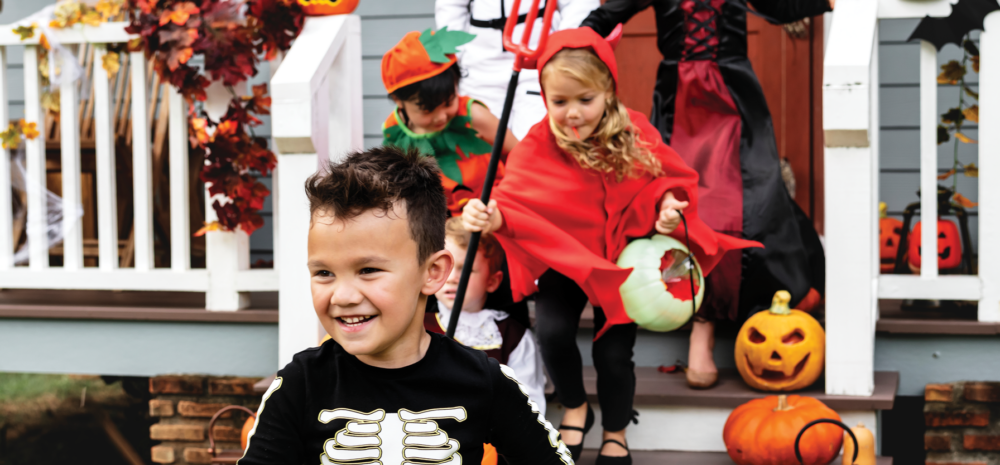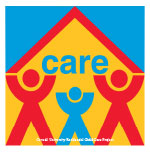Tips for Safe Trick-or-Treating
DATE: October 23, 2019
Sticky fingers Tired feet; One last house, ‘Trick or Treat” ~Rusty Fischer, Authour Well, it this that time again, my friends. A time when the lights go dim, and the neighborhood witches, ghosts, and goblins set off in search of tricks-or-treats. That is correct, Halloween is upon us all! However, before you send your little […]
READ MORE










